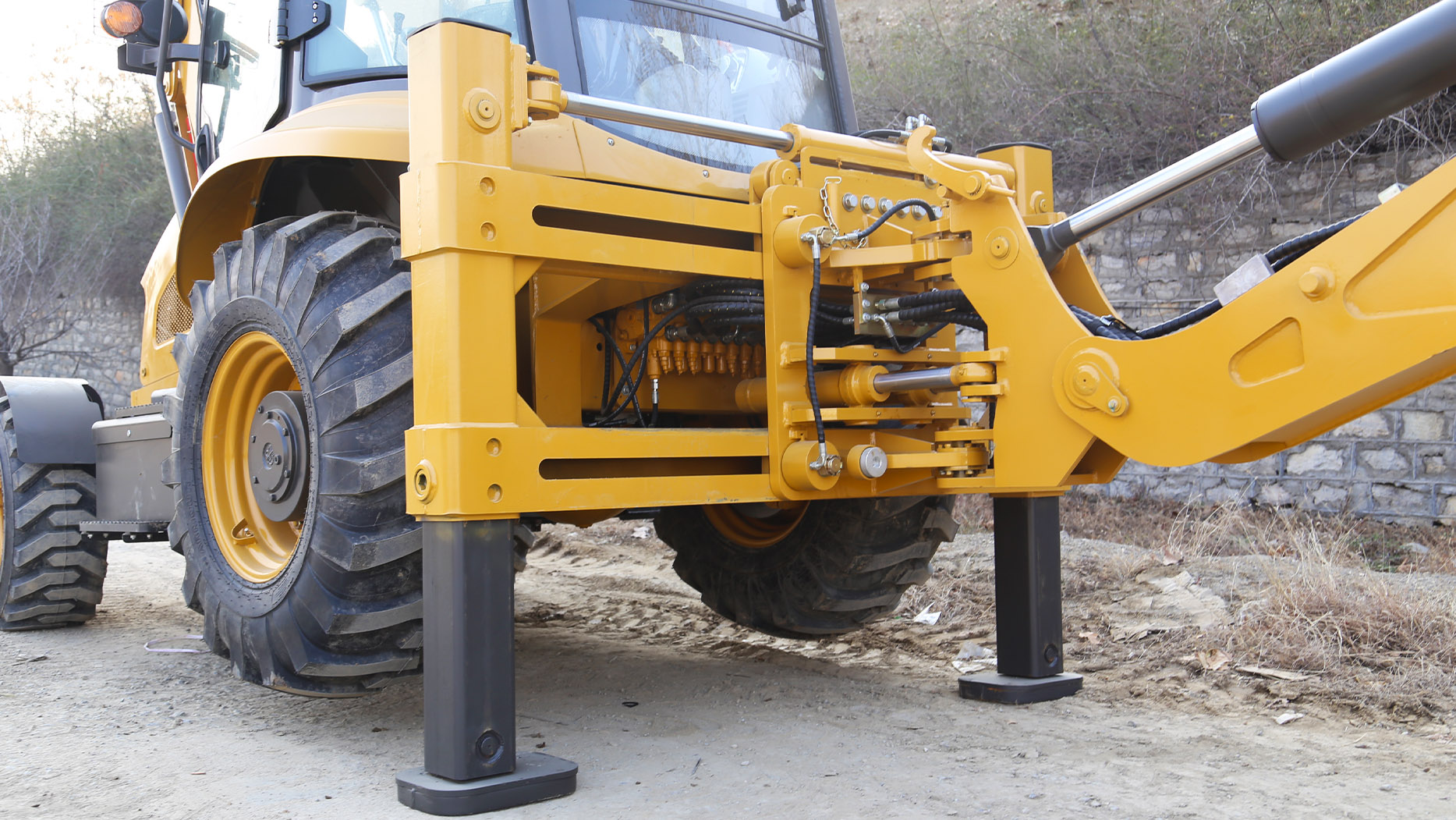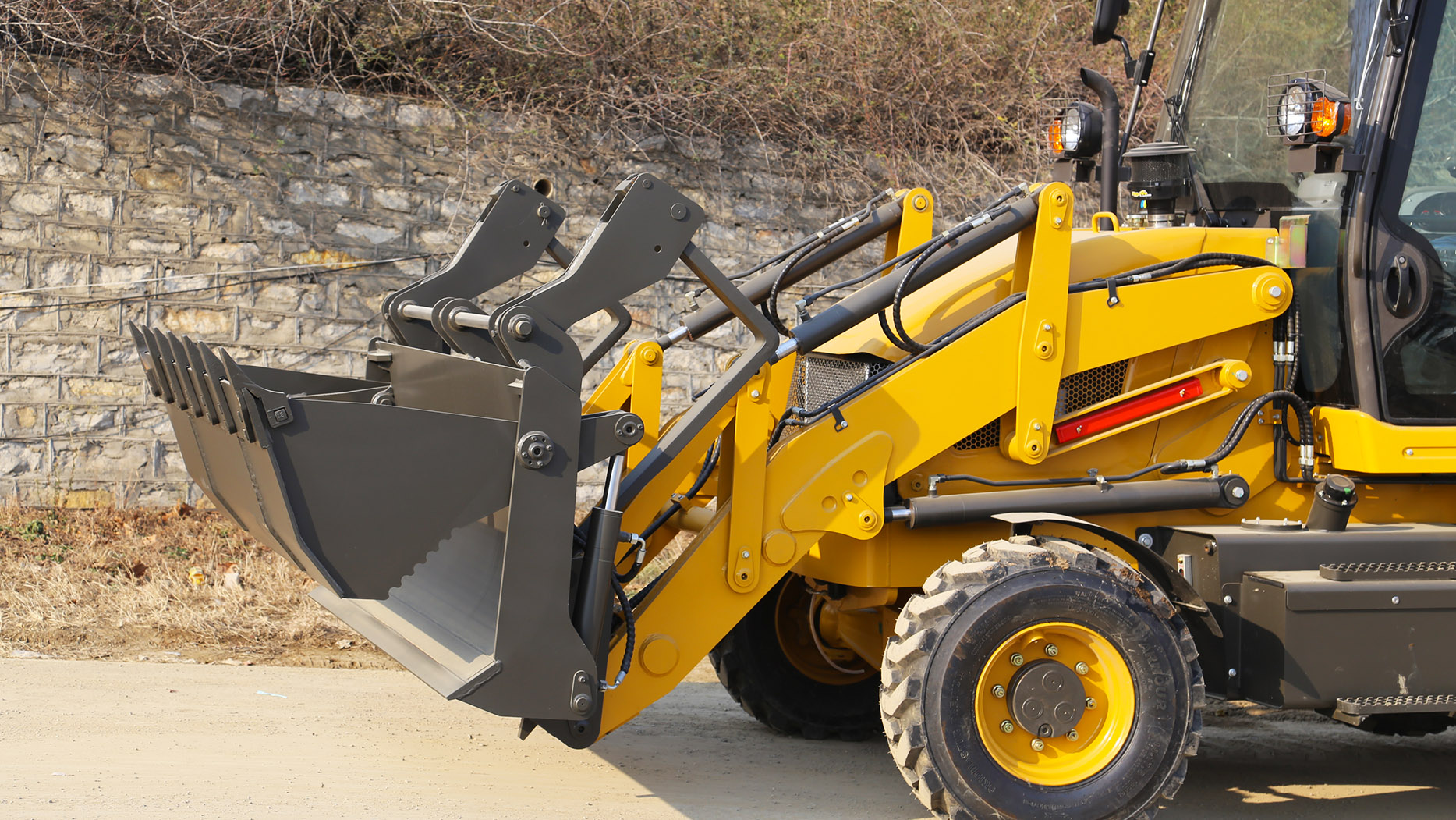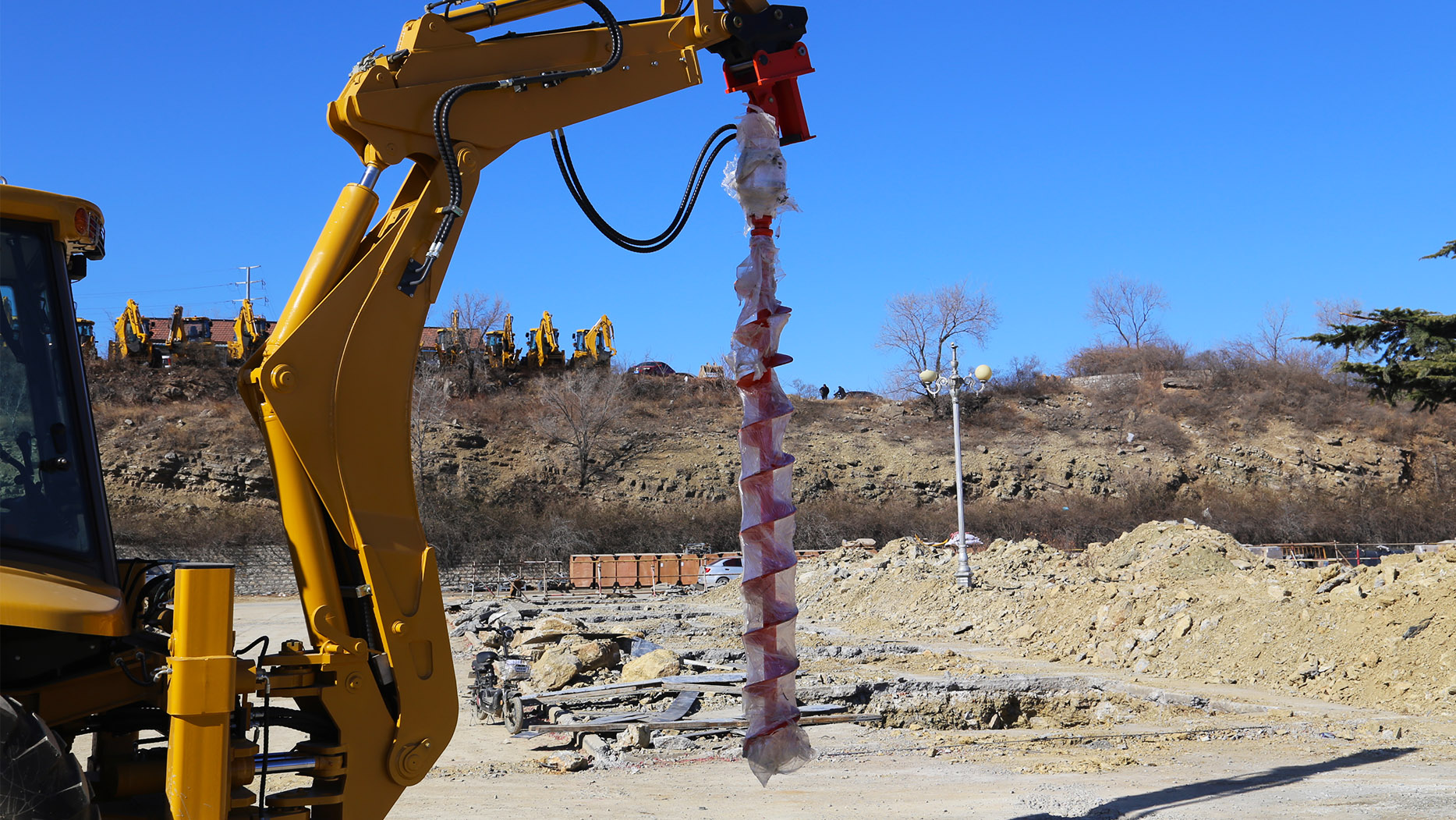Backhoes are versatile and essential pieces of construction equipment, capable of handling a wide range of tasks from digging trenches and foundations to material handling and demolition. Understanding the costs associated with using a backhoe is crucial for accurate budgeting and project planning. This article provides a comprehensive breakdown of the factors influencing backhoe operating costs, helping you estimate expenses for your next project.
Defining the Scope: What "Cost" Encompasses
When discussing the cost of using a backhoe, we need to consider more than just the hourly rental rate. A true cost analysis should include all expenses related to the machine's operation, including:
Rental or Ownership Costs: This is the most obvious expense. It can be a daily, weekly, or monthly rental fee, or the amortized cost of ownership if you've purchased the machine.
Fuel Costs: Backhoes consume diesel fuel, and fluctuations in fuel prices can significantly impact operating expenses.
Operator Labor: Operating a backhoe requires skilled labor, and operator wages are a substantial cost component.
Maintenance and Repairs: Regular maintenance is essential to keep the backhoe running smoothly, and unexpected repairs can arise, adding to the overall cost.
Transportation Costs: Getting the backhoe to and from the job site can involve significant expenses, especially for larger machines or longer distances.
Insurance: Liability and equipment insurance are necessary to protect against accidents and damage.
Attachments and Accessories: Specialized attachments, like buckets, breakers, or augers, may be required for specific tasks and can add to the cost.
Permits and Fees: Depending on the location and type of work, permits may be required, adding to the project's expenses.
Breaking Down the Costs:
Let's examine each cost component in detail:
Rental or Ownership Costs:
Rental: Rental rates vary depending on the backhoe's size, features, and the rental period. Smaller backhoes for residential projects might rent for a few hundred dollars per day, while larger, more powerful machines can cost several thousand dollars per day or week. Longer rental periods often result in lower daily rates. Shop around and compare prices from different rental companies.
Ownership: Owning a backhoe involves a significant upfront investment. Consider the purchase price, financing costs (if applicable), depreciation, and storage costs. Ownership makes sense for businesses that frequently use backhoes, but for occasional users, renting is often more cost-effective.
Fuel Costs:
Fuel Consumption: Backhoe fuel consumption is measured in gallons per hour (GPH) and varies based on the machine's size, engine type, and operating conditions. Heavier work and continuous operation will consume more fuel. Consult the manufacturer's specifications or ask the rental company for estimated fuel consumption rates.
Fuel Price: Diesel fuel prices fluctuate constantly. Factor in current fuel prices and potential price increases when budgeting.
Operator Labor:
Hourly Rate: Backhoe operators are skilled professionals, and their wages reflect their expertise. Hourly rates vary by location, experience, and the complexity of the job. Factor in prevailing wage rates in your area.
Benefits and Taxes: Don't forget to include costs for employee benefits, such as health insurance, retirement contributions, and payroll taxes.
Maintenance and Repairs:
Routine Maintenance: Regular maintenance, including oil changes, filter replacements, and inspections, is crucial for preventing costly breakdowns. Factor in the cost of parts and labor for these services.
Unexpected Repairs: Even with proper maintenance, unexpected repairs can occur. Set aside a contingency fund for potential repairs to avoid project delays and cost overruns.
Transportation Costs:
Delivery and Pickup: Rental companies often charge for delivery and pickup of the backhoe. The cost will depend on the distance to the job site and the size of the machine.
Transporting Owned Equipment: If you own the backhoe, you'll need to factor in the cost of transporting it yourself, including fuel, driver wages (if applicable), and any permits required for transporting heavy equipment.
Insurance:
Liability Insurance: Liability insurance is essential to protect against claims for property damage or personal injury.
Equipment Insurance: Equipment insurance covers damage to the backhoe itself, whether from accidents, theft, or vandalism.
Attachments and Accessories:
Bucket Types: Different bucket sizes and types are available for various applications. Consider the cost of renting or purchasing specialized buckets if needed.
Other Attachments: Attachments like breakers, augers, and compactors can significantly expand the backhoe's capabilities but add to the rental or purchase cost.
Permits and Fees:
Excavation Permits: Many jurisdictions require permits for excavation work. Research local regulations and factor in the cost of obtaining necessary permits.
Other Fees: Other fees may apply depending on the location and type of work, such as disposal fees for excavated materials.
Estimating Backhoe Costs: A Practical Example
Let's illustrate the cost estimation process with a hypothetical example:
Scenario: Renting a mid-sized backhoe for one week for a residential landscaping project.
Rental Rate: $1,500 per week
Fuel Cost: Assume 10 gallons of diesel per day at $4 per gallon = $280 for the week
Operator Labor: $30 per hour for 40 hours = $1,200
Transportation: $200 for delivery and pickup
Attachments: No special attachments required.
Permits: $100 for an excavation permit.
Total Estimated Cost: $1,500 + $280 + $1,200 + $200 + $100 = $3,280
Tips for Minimizing Backhoe Costs:
Plan Ahead: Proper planning can help minimize rental time and fuel consumption.
Choose the Right Size: Select a backhoe that's appropriately sized for the job. Renting a larger machine than necessary will increase costs.
Negotiate Rental Rates: Don't hesitate to negotiate rental rates, especially for longer rental periods.
Maintain Equipment: If you own the backhoe, regular maintenance will help prevent costly repairs.
Use Fuel-Efficient Practices: Avoid idling the engine unnecessarily and ensure the machine is properly tuned.
Hire Experienced Operators: Skilled operators can complete tasks more efficiently, saving time and money.
Combine Tasks: If possible, combine multiple tasks into a single project to minimize mobilization costs.
Conclusion:
Accurately estimating the cost of using a backhoe requires careful consideration of all relevant factors. By breaking down the costs and using a systematic approach, you can develop a realistic budget for your project and avoid unexpected expenses. Remember that the example provided is just an illustration, and actual costs will vary depending on the specific project, location, and equipment used. Thorough research and planning are essential for successful project execution and cost control.
Post time:Feb.19.2025



